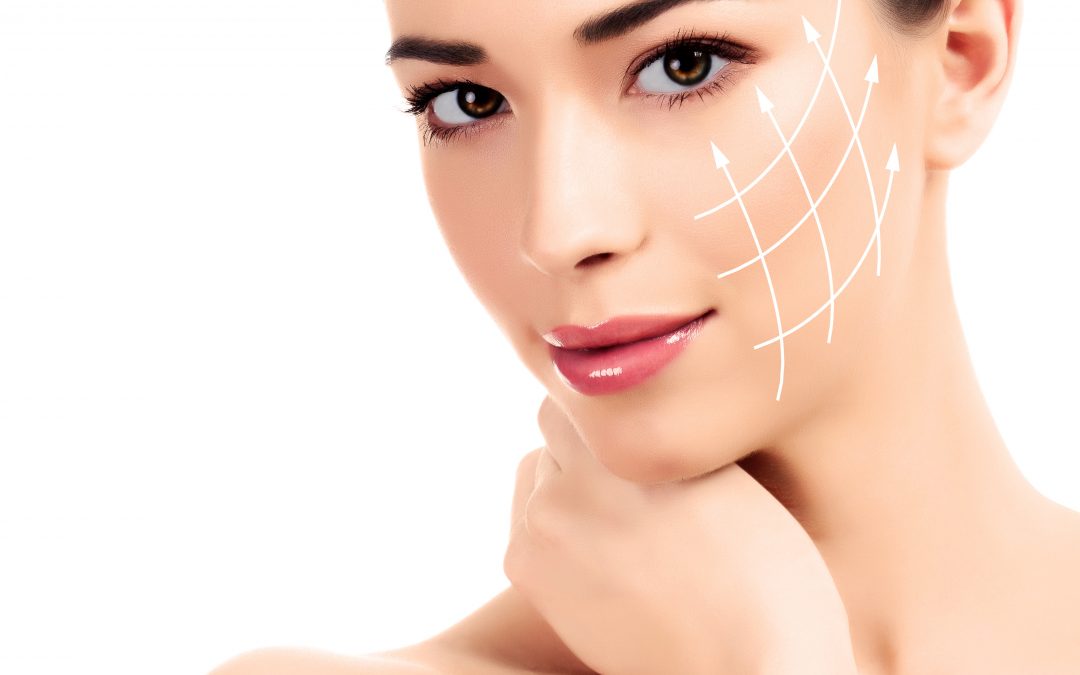Double-Stranded RNA Molecules(dsRNA), The Next Wave In Dermatology, Aesthetic Therapies, Antiaging and Skincare in 2020
Source :A Thailand Medical News Exclusive Jul 16, 2019 6 years, 4 months, 3 weeks, 3 days, 5 hours, 33 minutes ago
Researchers at John Hopkins University School Of Medicine have uncovered the cellular pathway as to how the skin under stress due to conditions such as exposure to UV light, or even when exposed to lasers or physical stress such as abrasions or microneedling, regenerates itself. The key players are basically a group of loose RNa molecules known as self-noncoding double stranded RNA (dsRNA).

For years, may turned to” iron” out their wrinkles, erase scars and spots and to look younger by turning to lasers, facial abrasions, microneedling and even prescription drugs without anyone really understanding how skin rejuvenation actually works.
Associate Professor Luis Garza, Head Of Dermatology at John Hopkins , in an exclusive interview with Thailand Medical News commented, "Understanding the biology behind how cellular damage can lead to us to harness a new generation of therapeutics."
The researchers collected biopsies from 17 female Caucasian patients(average age 55) being treated at The Johns Hopkins Hospital with conventional laser skin rejuvenation to electively erase sunspots and wrinkles. Skin biopsies were collected before the laser treatment and one week after the procedure. The team analyzed the expression levels of genes in each sample and discovered that genes involved in sensing dsRNA as well as genes involved in producing the skin's natural retinoic acid were all expressed at higher levels after the laser treatment. The researchers then treated isolated human skin cells with loose dsRNA, mimicking the effect of the laser treatment. The amount of retinoic acid inside the cells increased by more than tenfold.
Associate Professor Garza further commented, "It is not coincidental that laser rejuvenation and retinoic acid have both been successful treatments for premature aging of the skin from sun damage and other forms of exposure. They are actually working in the same molecular pathways and nobody knew that until now."
To confirm the correlation, the researchers turned back to mice. They knew that in both mice and humans, a protein called toll-like receptor 3 (TLR3) senses dsRNA. When Garza's group engineered mice to lack TLR3, the mice could no longer regenerate hair follicles after a wound. But when the researchers gave these mice retinoic acid, they regained the ability to regenerate the follicles. The results point toward a pathway involving TLR3 that senses double-stranded RNA and turns up the synthesis of retinoic acid.
Retinoic acid is already a main drug for wrinkle reduction nobody knew what triggered it on but this new discovery leads us to the fact that damage leads to dsRNA, which leads to TLR3 activation and retinoic acid synthesis.
The findings could lead to novel strategies to reduce wrinkles and sunspots by combining retinoic acid and laser treatments in new ways. And they could also lead to ways to regenerate hair follicles, as mice do when there's an increase
in dsRNA after a wound. After a burn, humans do not regenerate structures like hair follicles and sweat glands that used to be there. It is possible in light of these new findings that double-stranded RNA may be able to improve the appearance of burn scars.
We can expect a lot of research and also usage of dsRNAs in dermatology, new aesthestic and antiaging protocols and even in skincare the next few months.
Reference: Dongwon Kim et al, Noncoding dsRNA induces retinoic acid synthesis to stimulate hair follicle regeneration via TLR3, Nature Communications (2019). DOI: 10.1038/s41467-019-10811-y
